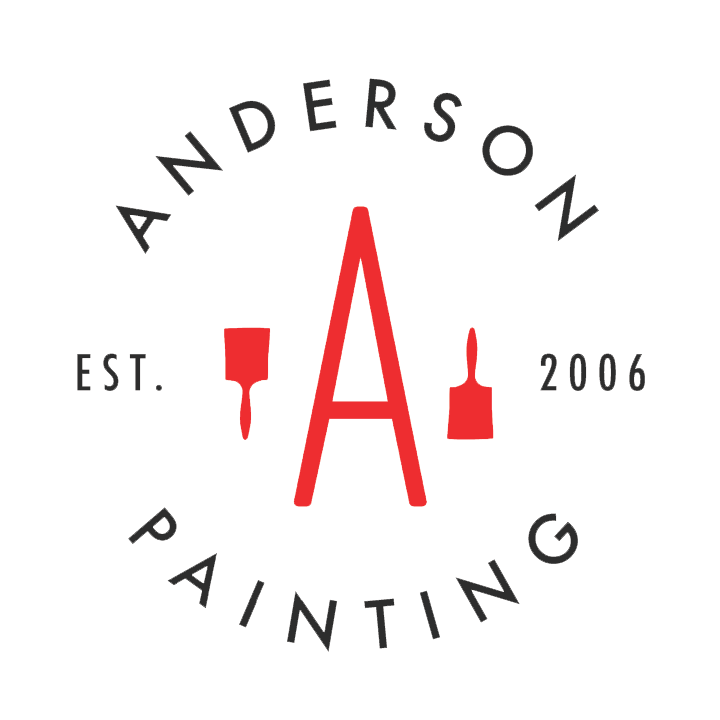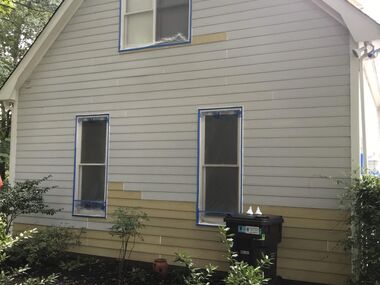7 Signs Moisture Intrusion May Be Damaging Your Concrete Flooring

Concrete floors may be built to last, but they’re still vulnerable. Believe it or not, something as benign as water can spell doom for your concrete flooring. There is plenty of moisture to be found in the soil beneath your floors. As pressure builds in the earth, water tries to escape in the form of vapor, rising up toward the substrate of your floors. If your floors aren’t properly protected, this vapor will enter the concrete’s pores and cracks, damaging it from the inside.
Moisture intrusion often occurs gradually, so you might not notice it right away. There are several indications of this type of damage, however, and spotting them early enough will make it easier to fix your floors. Here are 7 signs to look for that suggest moisture may be damaging your concrete flooring.
How to Tell if Your Concrete Is Water Damaged
1. Cracking
Concrete floors fracture for a number of reasons, so a cracked floor doesn’t necessarily mean you have a moisture problem. That said, the more fractured your floors are, the more susceptible they are to further water damage from above and below, as liquid spills will more easily seep into your floors, and vapor beneath the floors will have more access.
2. Spalling
When the surface of your floors begins to flake or pit, this is known as spalling. Both moisture and temperature play a role in causing spalled concrete. In the presence of cold temperatures, water trapped inside the concrete’s pores freezes and expands, causing these holes to enlarge into several divots.
3. Bubbling
Polyurea concrete floor paint prevents moisture from entering your floors from above. These coatings are multi-layered, with a primer and basecoat of industrial epoxy floor paint, keeping moisture locked out. Because of the polyurea topcoat, its extreme flexibility, and durable material, moisture and chemicals stay away from the flooring itself. Even over a span of a decade, your flooring will be protected.
4. Discoloration
Moisture may also alter the color of the floor itself or the polyurea floor coating covering it. If you see darkened and discolored areas, there’s a good chance your floors are being damaged by moisture intrusion.
5. Peeling Paint
Over time, water can delaminate the commercial floor paint from the surface, meaning the paint will lose its adhesion and begin to peel, chip, or flake away. This looks unappealing and leaves your floor open to further damage.
6. Presence of Mold
Mold, like most types of fungi, thrives in warm, damp environments. If mold begins growing on your floors, it’s safe to assume that moisture has intruded. Mold often forms along the edges of floors, sometimes creeping up walls, and looks like black or dark green smudges and spots. You might mistake it for dirt at first, but mold is more difficult to remove than mere grime.
7. White Residue/Efflorescence
Mold isn’t the only intruder brought about by excess moisture. Condensed water vapor may also carry salt deposits with it, leaving a white residue underneath or on top of your floors and commercial floor coatings. This phenomenon is known as efflorescence, and while it’s usually easy to clear away these deposits, they often speak to a deeper problem that needs fixing.
If you notice any of the 7 signs outlined above, don’t wait too long to take action. Moisture intrusion can severely damage your floors and lead to health and safety risks if left unchecked. Anderson Painting can help you protect your floors from water damage and repair or replace your floors if necessary. Call us today at 919-610-1855 or email us at info@andersonpaintingnc.com!



